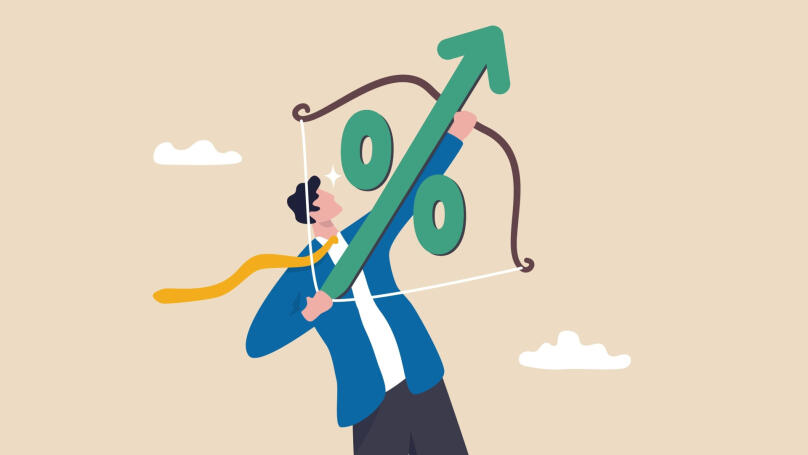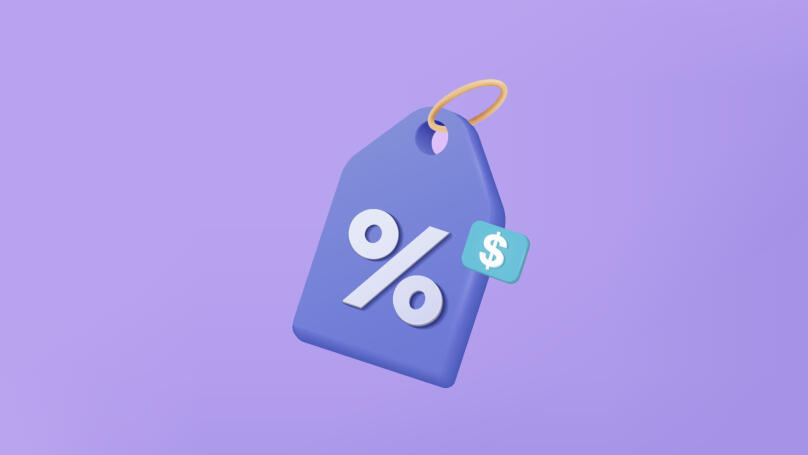Downsell

What is a downsell?
The definition of a "downsell" is a "price that goes down". The idea is to offer the buyer an alternative product at a lower cost or a significant discount on the selected product. After all, a company's audience can be diverse, with different economic habits, financial capabilities, and income levels. Thus, down-selling is an effective and easy way to reach a variety of segments of your audience, including those with less than the highest incomes. The main objective is to retain and keep customers from leaving the shop without purchasing.
To get the most out of the down-sell technique, you need to incorporate it intelligently into your sales strategy. You do it by identifying the main expensive product and its cheaper counterparts. In any case, sales should start with the main product and only if its price proves strictly unacceptable to the potential buyer should the available alternatives, such as models from previous collections, goods with a limited set of functions and so on, be offered. Therefore, the down-sell technique is a fallback option because you should only offer alternatives if the buyer cannot buy the main product.
The down-sell technique is also used in areas where it is possible to painlessly replace one product with another and still fully meet the customer's needs. For example, a potential customer is interested in the latest model of an expensive smartphone but has a limited budget. In such a case, the salesperson should suggest the consumer consider more economical and affordable models. In this way, the chances of selling the product increase considerably. Moreover, if you didn't use the down-sell technique in such situations, customers would be likelier to leave the shop without a purchase, thus not making a profit for the company and favouring a competitor.
The benefits of down-selling
In addition to stimulating sales, increasing competitiveness and customer retention, down-selling allows you to expand your customer base, build customer loyalty and develop long-term trust with your customers. The not-so-obvious benefits of down-selling techniques are also the following:
- Down-selling increases revenue. It is better to make at least a small profit than no profit. The down-selling technique empowers you to generate income where there might not have been any sales.
- Down-selling attracts a broader audience. It allows you to attract customers on any budget without sacrificing your revenue and brand reputation.
- Down-selling builds brand loyalty. By helping customers choose a better, more cost-effective option that meets their needs, you make them feel more inclined to trust the company and shop there again.
What is the difference between upselling, cross-selling, and down-selling?

All these terms - "upsell," "cross-sell," and "down-sell" - in essence, mean that these methods increase the average bill and, therefore, the company's profits.
Thus, upselling implies selling a more expensive product instead of the one initially requested by the customer. However, it is also crucial that the price of the upsell exceeds the cost of the product picked by the customer by no more than 20-25%. Otherwise, a high price may alienate the consumer and make him hesitate to buy the product. Also, sellers must offer to upsell products that fully satisfy the customer, cover all their needs, and anticipate even those they have not yet realised. For example, upsales can include promotions where the customer buys two products for the price of one or three for the price of two. Another upsale technique is selling many products at a cheaper price. For example, purchasing 100 ml of perfume may be cheaper than 50 ml, or buying a year's subscription to an online cinema may be cheaper than the monthly fee. An equally common way of offering an expensive product to a customer is through an upgrade or a new version. This upsell method primarily sells various gadgets, such as phones and computers.
Cross-selling is a technique in which you ask the customer to purchase related, complementary goods or services in addition to their primary purchase. The goal remains the same - to increase the purchase receipt. At the same time, cross-selling is about taking care of the customer. For example, when buying a new smartphone, the customer may be offered a case, headphones, or charger. However, before offering related materials, you must check whether the client needs them and only offer the best options. If the client buys spectacles, the salesperson can recommend a case, fluid, and wipes to take care of them.
Down-selling, on the flip side, means selling cheaper products if the customer cannot afford the product they initially wanted. If the customer refuses the initial offer, a down-sell allows you to keep the customer by offering them a cheaper solution to their problem or need. However, it is essential to remember that the cheaper product must be like the expensive one and cover the same need.
Thus, each sales technique involves a caring and personalised approach to the customer and works best with others. Keep in mind that any product offered should always meet the audience's needs and be no worse than the product the customer has chosen. Only then does the chance of them returning to the shop and becoming a regular customer increase.
Types of downsell practices

There are several best practices for down-sells:
-
A similar but less expensive product
A similar but less expensive product is an offer to the customer to buy a cheaper or more narrowly focused version of a product or service with some limitations and fewer features. Simultaneously, the product must retain its value and meet the needs and requirements of users, but at a lower cost.
-
Discounts and promotions
Besides offering alternative products, you also use a discount to retain customers. Offering a discount, promo code, or coupon allows the customer to buy a product or use a service at a more affordable price. Discount programmes are the most effective way of attracting an audience because often customers are not prepared to buy goods at the regular price. For example, most customers look for coupons or promo codes online, on company social networks, particular websites, and discount platforms before visiting a shop or checking out online. Coupons and promotional codes are also multifunctional tools. In addition to customer retention, they attract new audiences, increase website conversion rates, contribute to brand awareness, and maintain a positive brand image.
-
Personalised promotions
These are personalised offers and discounts that companies give specific customers based on their income level, needs, preferences, purchase history and other personal information. Such offers get created to retain existing customers and attract new ones, increase loyalty, and strengthen customer relationships. In contrast to mass promotions and advertising campaigns, personalised offers are tailored to the individual, making them more effective and allowing companies to manage sales and marketing more precisely.
-
Instalment
It is also an effective way to retain a customer if they don't have the total amount to pay for a product. By buying the product in instalments, the customer will receive the product on the same day and pay for it later. In this case, the company also stands to gain because, at the end of the day, it will receive the maximum benefit from the product, i.e., its total price. Furthermore, buyers' psychological characteristics guarantee the effectiveness of instalments. For many customers, paying $500 once will be much more stressful than paying $50 monthly for ten months.
-
A free version of a product
It involves offering the customer a free version of a product or service with a limited time of use or a limited set of features in the hope that the customer will purchase the full version. Such offers are most relevant for streaming services.
Inform potential customers about promotions and discounts. It is best to offer them the possibility to buy the product in instalments or try it for free on different platforms and channels - for instance, on the home page of the company's official website. It will interest consumers, attract their attention, and increase the likelihood of a purchase. It is also possible to place such information directly on product pages or already in the shopping cart of the online shop. Down-sell methods are also effective in social networks, emails, mobile apps, flyers, and in-store banners. Additionally, you can use platforms specialising in sales and discounts, such as Groupon, CouponCabin, RetailMeNot, etc. The key is identifying the target audience and the most effective communication channels.
Thus, to successfully implement a down-sell, you need to analyse the service or product and know if you can lower the price, provide a discount, or give a coupon. Don't forget that a down-sell should benefit customers and the business itself. Therefore, any techniques and strategies should generate purely profits, not losses. Understanding the customer's reason for rejecting the initial offer and how the chosen down-sell strategy will help eliminate the problem and persuade the customer to buy the product is imperative. In doing so, one should not put undue pressure on the customer and impose certain products on them. The salesperson must show interest, care for the customer, and desire to solve the problem as quickly and efficiently as possible. After all, for the down-sell to work as effectively as possible, the seller must mull over the customers' interests, needs and capabilities. In this way, the business will retain its audience, attract new clients, and build a long-term relationship of trust with them.























